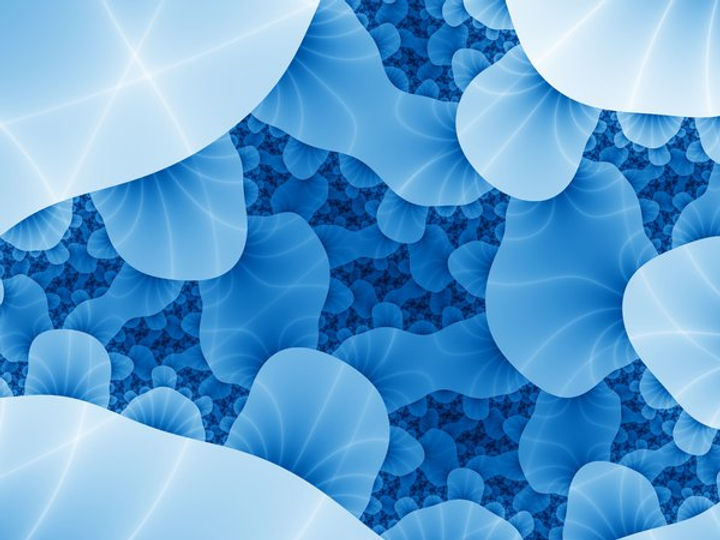
IMMUNOFLUORESCENCE TECHNIQUE
Limitations of IF Techniques
Photobleaching
As with most fluorescence techniques, a significant problem with immunofluorescence is photobleaching (and phototoxicity). Photobleaching is the photochemical destruction of a fluorophore due to the generation of reactive oxygen species in the specimen as a byproduct of fluorescence excitation (Figure 6). Although the exact mechanism of photobleaching is unknown, it is thought that the primary causative mechanism appears to be photosensitization of singlet oxygen (1O2) generation by the dye triplet-excited state. Photobleaching can be minimized by: (a) decreasing the excitation light in both intensity and duration, (b) reducing the availability of singlet oxygen (1O2) by the addition of singlet oxygen scavengers (= antifade reagents), and (c) using a low concentration of a fluorochrome with highquantum efficiency.
Figure 6 : Illustration of how a singlet-excited state can convert to a tripletexcited state.
Autofluorescence
Biological autofluorescence in mammalian cells due to flavin coenzymes (FAD and FMN: absorption, 450 nm; emission, 515 nm) and reduced pyridine nucleotides (NAD H: absorption, 340 nm; emission, 460 nm) can be problematic in the detection of fluorescence probes in tissues and cells. Fixation with aldehydes, particularly glutaraldehyde, can result in high levels of autofluorescence. This can be minimized in fixed cells by washing with 0.1% sodium borohydride in phosphate-buffered saline prior to antibody incubation.
Problems due to autofluorescence can be minimized by selecting probes and optical filters that maximize the fluorescence signal relative to the autofluorescence. Other factors that limit IF include the performance of the detection instrument (i.e. how well the microscope has been calibrated and set), the specificity of the antibodies, and the specimen preparation.
Figure 7 : NADH autofluorescence in a human colon carcinoma cell line (HCT116). Ultra-violet excitation at 363 nm was used and the emitted fluorescence greater than 440 nm was collected. Scale bar is 10 microns. Credit: Giselle M. Knudsen, Department of Medicinal Chemistry and Molecular Pharmacology, Purdue University, West Lafayette, IN, USA.
Fluorescence Overlap
One of the problems that must be dealt with when measuring fluorescence of more than one color is the possibility that the emission signals overlap. It is necessary to remove the overlapping signal or it will give a false level for one or more colors. For example, as shown in figure 8, there is significant overlap when using FITC and PE. A range of wavelengths will be collected for each detection channel. In the figure, these are identified as the fluorescein detector bandwidth and the PE detector bandwidth. These band-pass optical filters will allow photons within this wavelength range to reach the detector. However, as can be seen in figure 8, there is a very small amount of PE fluorescence which is within the FITC band and similarly a small amount of FITC fluorescence within the PE band. These must be electronically removed or the measurement for each detector will overestimate the actual signal. This process is called fluorescence compensation and can be automatically calculated in many detection systems using single positive controls.
Figure 8 : Fluorescence overlap of FITC and PE.


